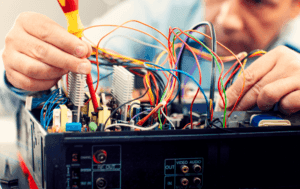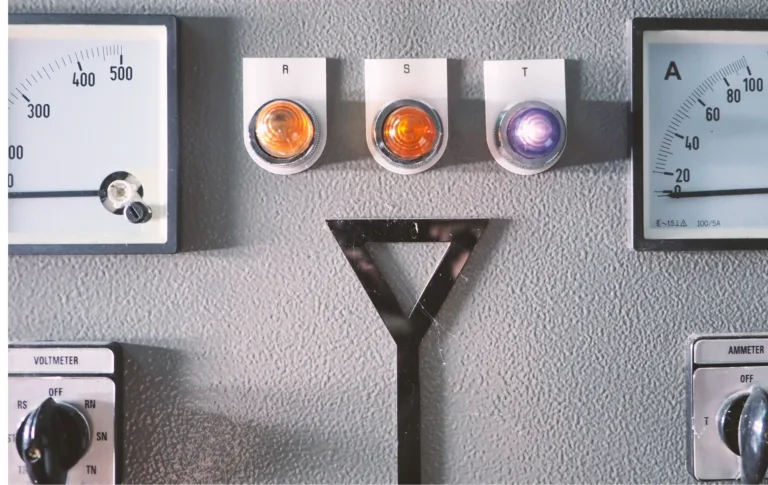Electrical Product Compliance Safety Testing
Product Compliance and Certification
Understanding Electrical prouct Safety Testing
Electrical product safety testing is an essential process for ensuring that electronic and electrical devices are safe for use. It involves a variety of tests designed to assess the safety, reliability, and compliance of these devices under normal and fault conditions. These tests are critical for preventing hazards such as electric shocks, fires, and explosions, thereby protecting consumers and ensuring product reliability.
NATA Accredited safety testing
Safety Standards
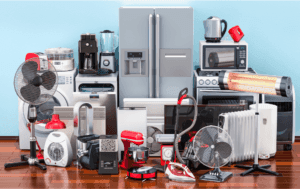
Household Appliances
IEC 60335
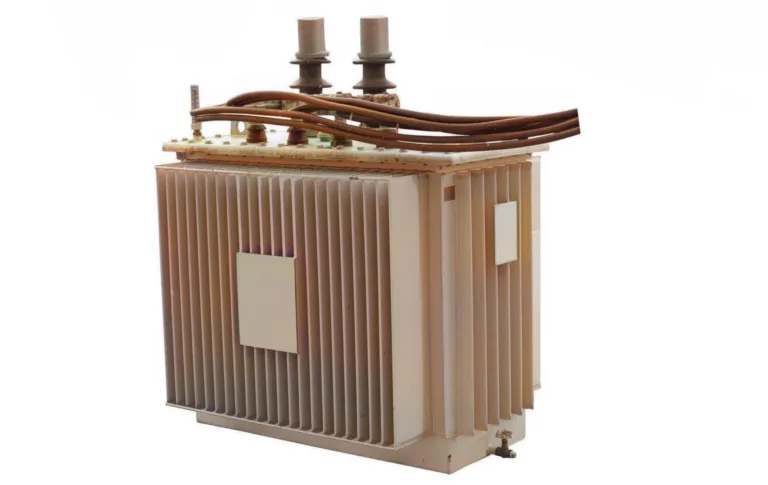
Transformers and Power Supply Units
IEC 61558

Lamp Control Gear
IEC 61347
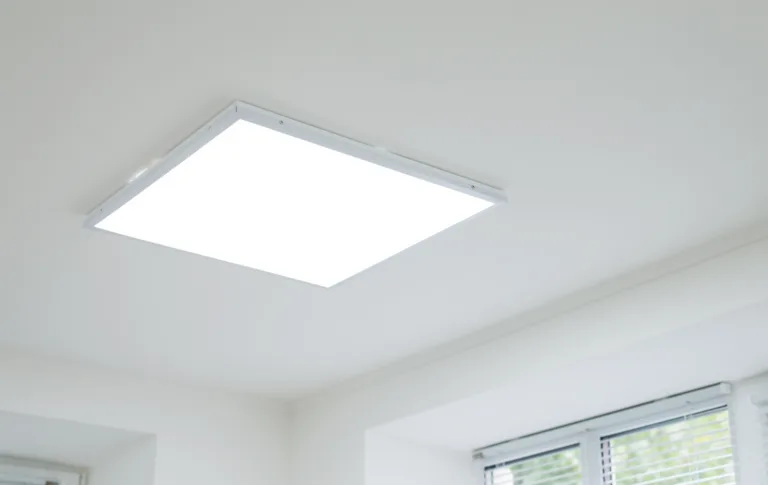
Lightning Equipment
IEC 60598
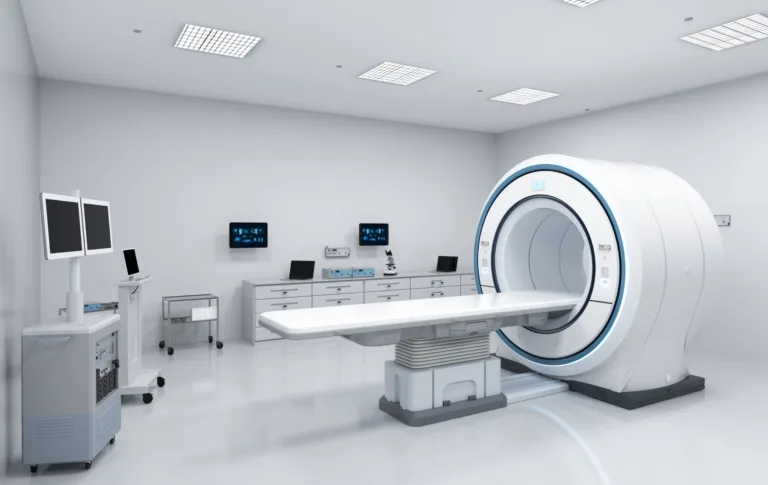
Medical Equipment
IEC 60601

Handheld Tools
IEC 60745
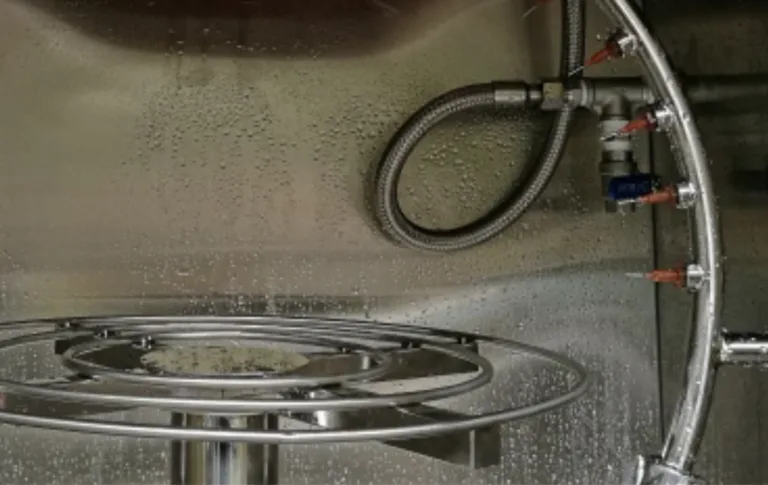
Ingress Protection Test
IEC 60529
Our specialized safety engineers are skilled in inspecting and assessing your equipment to identify any potential safety issues. We conduct a thorough evaluation of the construction, design, and component selection to ensure compliance with relevant standards. We also review schematics and instruction manuals to verify that labeling and safety information are properly addressed.
Our detailed reports provide actionable recommendations, with a focus on design elements that could impact EMC compliance. Additionally, we outline a specific set of tests to confirm product conformity, and if needed, offer supplementary testing to meet the AS/NZS standards where required.
How Can C-PRAV Help?
Unmatched Expertise
We bring extensive knowledge and experience in electrical product compliance safety testing, ensuring that your products comply with the most stringent international standards. Our team of experts stays up-to-date with the latest regulations and testing methodologies, providing you with accurate and reliable results.
NATA Accreditation
As a NATA-accredited laboratory, C-PRAV adheres to the highest standards of quality and precision in testing. This accreditation is a mark of trust and reliability, assuring you that our testing processes are conducted with the utmost integrity.
Value-Added Testing Support
We offer a wide range of electrical product testing services tailored to various electrical products, including mechanical, electrical, thermal, and environmental assessments. Our holistic approach ensures that every safety aspect of your product is thoroughly evaluated.
Global Compliance Support
With our extensive global network and partnerships, we support international approvals, ensuring your products meet safety regulations across different markets. We guide you through the complexities of global compliance, making it easier for you to enter new markets.
Proactive Communication
We prioritize clear and proactive communication throughout the electrical product safety compliance process. Our team keeps you informed at every stage, providing insights and guidance to help you navigate the safety testing landscape with confidence
Related Resources
New Zealand: RSM Updates 2025 Radio Standards to Reflect Modern Technologies
Radio Spectrum Management (RSM) has announced an updated Radio Standards Notice, effective 1 September 2025, introducing significant revisions to New Zealand’s radio compliance framework. This update represents an important step in modernising New Zealand’s regulatory framework for radio products, aligning national standards with current technologies and international best practices. Key Highlights of the Update The Radiocommunications Regulations (Radio Standards) Notice 2025 (Notice 2025-go4751) replaces the 2023 version and introduces
Singapore Introduces SS 715:2025 to Boost Energy Efficiency in Data Centres
Singapore has introduced a new national standard, SS 715:2025, designed to raise the energy efficiency performance of IT equipment used in data centres. Developed by the Infocomm Media Development Authority (IMDA), this standard sets minimum efficiency thresholds for servers, storage systems, and networking hardware. By aligning its rules with international programs such as US Energy Star and EU Ecodesign, Singapore is ensuring its digital infrastructure remains both globally competitive
Hong Kong Issues New Wireless Specifications for 2025
Hong Kong’s Communications Authority has released a set of updated technical specifications that reshape the requirements for wireless devices entering the local market in 2025. The new documents introduce dedicated performance and compliance rules for LTE equipment, 5G NR terminals, and Wi-Fi 6E products. These changes directly affect manufacturers, importers, and certification teams preparing devices for Hong Kong. New Requirements for LTE Equipment A new specification, TAC 014 Issue

